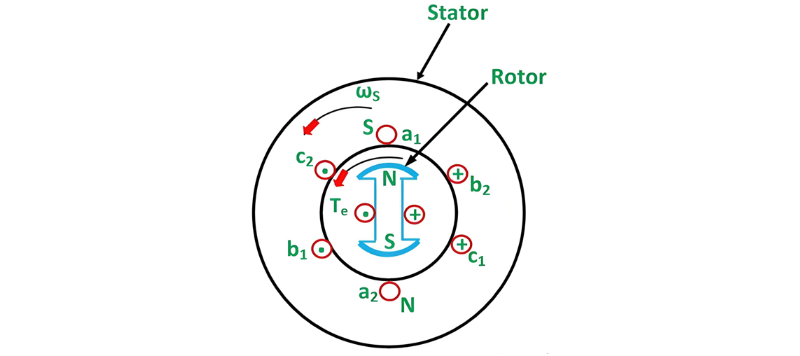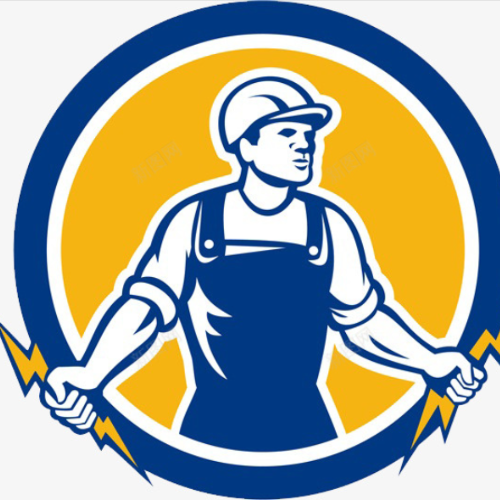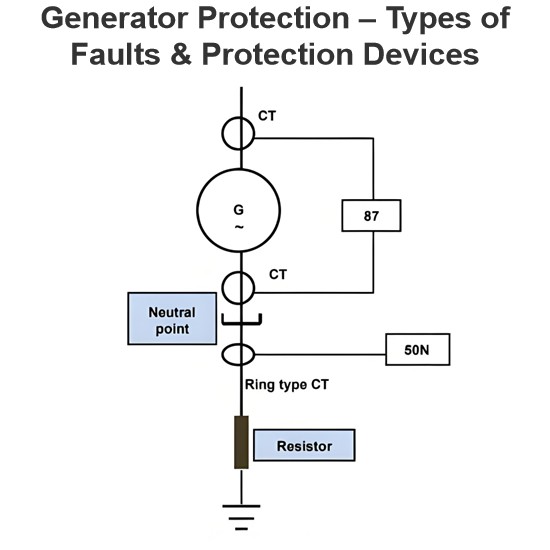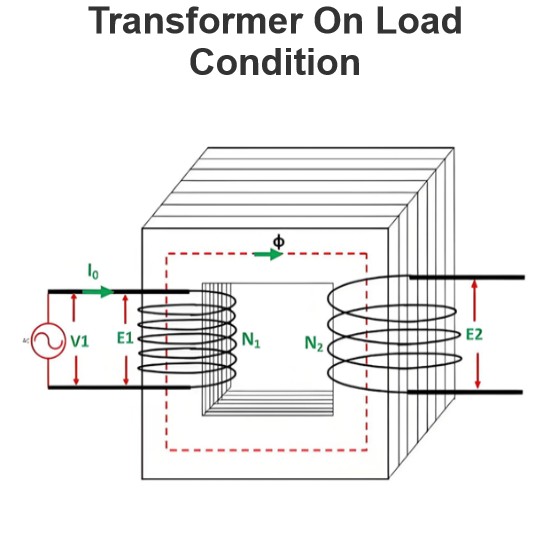Structure and Excitation of Synchronous Motors
The synchronous motor consists of two primary components: the stator (stationary part) and the rotor (rotating part). The stator is energized by a three-phase AC supply, while the rotor is excited by a DC supply.
Excitation Principle:
Excitation refers to the process of inducing magnetic fields in both the stator and rotor, transforming them into electromagnets. This magnetic coupling is essential for converting electrical energy into mechanical rotation.

Magnetic Field Generation in Synchronous Motors
The three-phase AC supply induces alternating north and south poles in the stator. As the supply is sinusoidal, its wave polarity (positive/negative) reverses every half-cycle, causing the stator's north and south poles to alternate. This generates a rotating magnetic field in the stator.
The rotor's magnetic field is established by a DC supply, which fixes the polarity and creates a stationary magnetic field—meaning its north and south poles remain constant.
The rotational speed of the stator's magnetic field is called the synchronous speed, determined by the supply frequency and the motor's number of poles.

Magnetic Pole Interaction in Synchronous Motors
When opposite poles of the stator and rotor align, an attractive force arises between them, generating counterclockwise torque. Torque, as the rotational equivalent of force, drives the rotor to follow the stator's magnetic poles.
Following each half-cycle, the stator's pole polarity reverses. However, rotor inertia—its tendency to resist changes in motion—maintains its position. When like poles (north-north or south-south) align, a repulsive force creates clockwise torque.
To visualize this, consider a 2-pole motor: in the figure below, opposite stator-rotor poles (N-S or S-N) induce attractive forces, as shown.

After the half cycle, the poles on the stator reverse. The same pole of the stator and rotor face each other, and the force of repulsion develops between them.

The non-unidirectional torque pulsates the rotor only in one place and because of this reason the synchronous motor is not self-starting.

Starting Mechanism of Synchronous Motors
To initiate operation, the rotor is first spun by an external drive, aligning its polarity with the stator's rotating magnetic field. As the stator and rotor poles interlock, a unidirectional torque is generated, pulling the rotor to rotate at the synchronous speed of the stator's field.
Once synchronized, the motor runs at a constant speed equal to the synchronous speed, which is fixed by the supply frequency and number of poles.


















